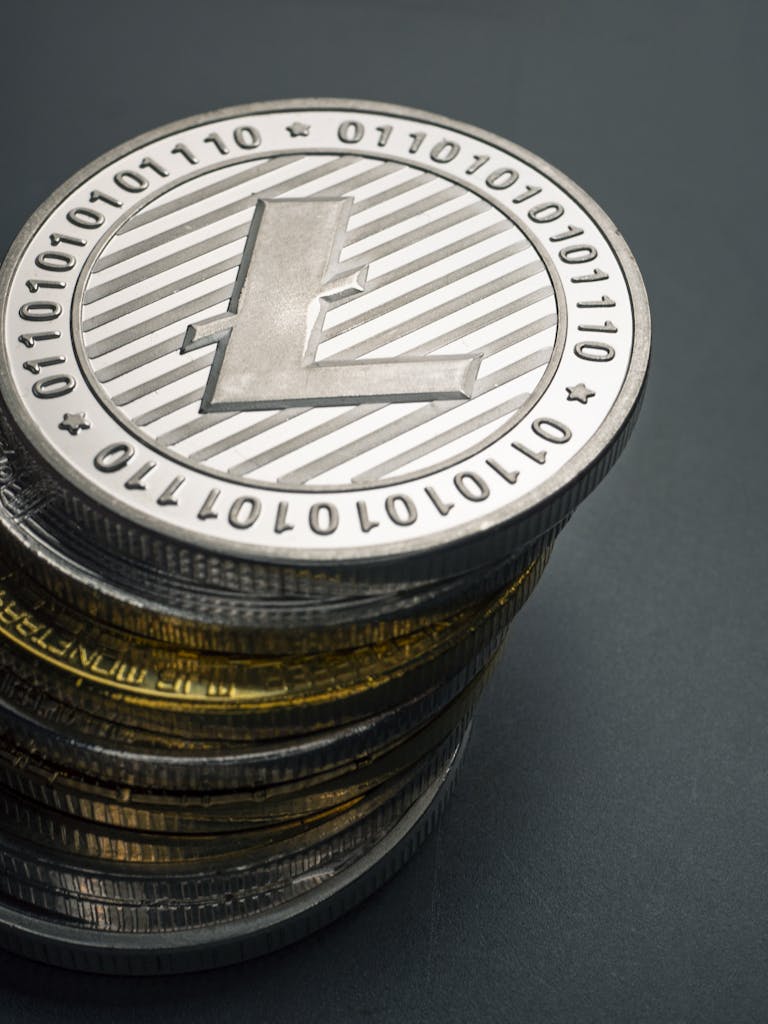Litecoin’s privacy features, particularly through the implementation of MimbleWimble technology, aim to enhance transaction privacy by reducing the amount of data publicly visible on the main blockchain network. This technology operates through “extension blocks” that help conceal inputs and outputs, similar to wrapping and unwrapping a coin. While Litecoin’s privacy features are designed to provide users with enhanced financial privacy, it’s important to note that they are not as robust as those of other privacy-focused cryptocurrencies like Zcash and Monero.Zcash, for example, offers “shielded transaction” capabilities that have led to its significant growth in 2020. Monero, on the other hand, uses techniques like “ring signatures” to obscure sender and receiver data. These cryptocurrencies have faced regulatory pressure due to their strong privacy protocols, with Europol even labeling privacy technologies, including privacy-focused coins, as a “top threat” in the realm of Internet-based organized crime.Litecoin’s move towards privacy features, while a step in the right direction for enhancing user privacy, may not offer the same level of anonymity and privacy as cryptocurrencies like Zcash and Monero, which have privacy directly embedded in their protocols. Regulators may also scrutinize privacy-enhancing features due to concerns about illicit fund transfers and tax evasion. Overall, Litecoin’s privacy features represent an effort to provide users with increased financial privacy, but they may not offer the same level of anonymity as more privacy-focused cryptocurrencies in the market.

Similar Posts

What is the technology behind Litecoin’s decentralized system?
Litecoin’s decentralized system is built on blockchain technology, utilizing a peer-to-peer network to facilitate secure and transparent transactions without the need for intermediaries. The key technology behind Litecoin’s decentralized system includes: In summary, Litecoin’s decentralized system is underpinned by blockchain technology, the Scrypt PoW algorithm, faster block generation, a peer-to-peer network, and open-source development. These…

What is the role of miners in Litecoin’s decentralized system?
Miners play a crucial role in Litecoin’s decentralized system by validating transactions, securing the network, and adding new blocks to the blockchain. The key responsibilities of miners in Litecoin’s ecosystem include: In summary, miners in Litecoin’s decentralized system play a vital role in validating transactions, securing the network, adding new blocks to the blockchain, maintaining…

What is the difference between Litecoin and Bitcoin?
The difference between Litecoin and Bitcoin lies in several key aspects: In summary, Litecoin and Bitcoin differ in transaction speed, market capitalization, mining algorithms, coin supply, and use cases. Litecoin’s focus on faster transactions and accessibility for miners sets it apart from Bitcoin, which remains the dominant cryptocurrency with a larger market cap and widespread…